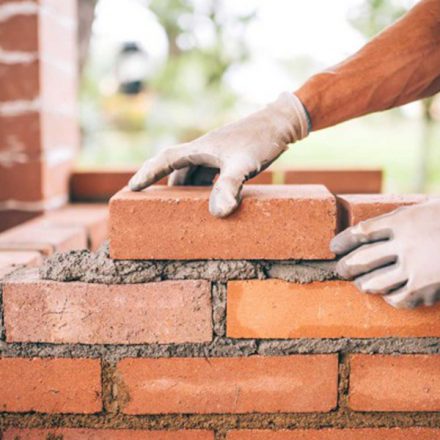Extending or building a property – part 1
Whether you are extending your existing property or constructing a completely new property you might need to obtain planning permission and building regulation consents. It is important to note that certain building works do not require planning permission even though they constitute development. You can find them in the Town and Country Planning (General Permitted Development) (England) Order 2015. Such works will still require building regulation consent.
Planning permission:
If you think that you might require a planning permission for your proposed development, it is advisable to liaise with the Local Planning Authority prior to the submission of any formal application to ensure that potential objections or stumbling blocks are ironed out. This is done by way of a pre-application meeting and a fee is payable to the local authority.
Planning permission takes effect for the benefit of the land and runs with the land. Once planning permission is implemented, it will last indefinitely.
If you are seeking planning permission, you may want to apply for outline permission. Your application will not need to contain the substantial details required for a full application. However, you will need to apply in future to the local authority for further approvals of more detailed matters such as the appearance of the building.
Alternately, you may want to make an application for full planning permission, by including detailed information such as external appearance and landscaping, in the application. If full planning permission is granted, no further applications will have to be made other than to comply with conditions in the planning permission.
Normally the local authority will attempt to make decisions within 8 weeks, unless otherwise agreed in writing. If a decision is not given within 8 weeks of submission of the application, it is deemed to be refused and you can appeal it to the Secretary of State for non-determination or you can allow the local authority more time to consider your application. The local authority may grant permission unconditionally; refuse permission or grant permission subject to number of conditions. The local authority have power to impose such conditions as they think fit but have to state clearly the reason for imposing each condition.
s.106 Agreement
Separate to planning permission are planning obligations which are contained in s.106 Agreements. A key difference between planning obligations and planning conditions is that planning obligations can extend to matters of your development site such as road improvements and it can provide for payment to be made to the local authority to support social housing or educational needs. If planning permission is resolved to be granted subject to a s.106 Agreement the agreement will have to be entered into before the planning consent is issued.
The Community Infrastructure Levy
Planning obligations could only be used to provide for local facilities directly connected to the infrastructure requirements related to your development. The CIL, by contrast, can be used to fund wider regional infrastructure. The Levy is chargeable according to the size of new build properties or new extensions. There are detailed rules as to what type and size of development triggers the charge and the charging rate varies from authority to authority as does the categories of buildings to which the charge applies. An individual enquiry needs to be made in relation to each proposed development to ascertain the specifics but there are certain exemptions and in particular an exemption that if you are replacing one structure with another and the previous structure has been occupied full-time within the previous three years then there can be an offset of the relevant square footages. If you are intending to claim such an offset provision, it is important that an application for exemption from CIL is made before you start the building works.
This article is a Part I of a series of articles on extending or building a property. In Part II we will explore Covenants and Easements as common problems encountered on extending or building a property. In Part III we will explore Utility Routes, Party Wall Awards, Rights of Light, Environmental Issues and Project Managers.
For more information and advice on extending or building a property, call us on 020 8514 9000.
Article by Michael Bonehill.
